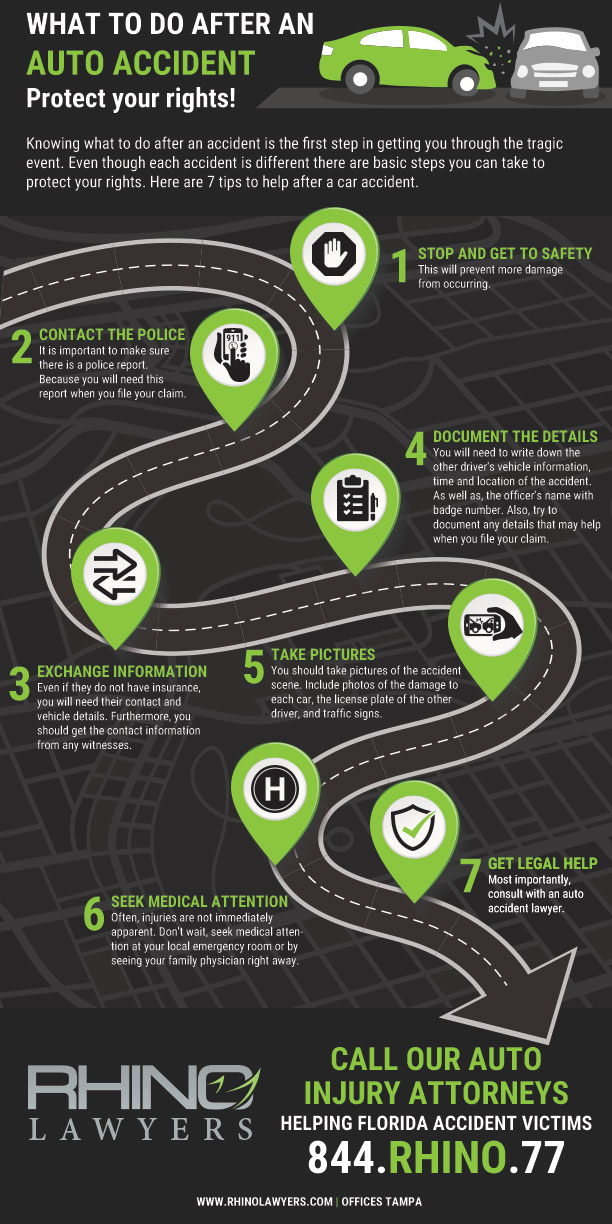Medical malpractice cases are taking Florida by storm. Between 2009 and 2019, Florida doctors paid more than $460 million to settle malpractice claims.
You could be entitled to a significant recovery based on your negligent doctor’s mistakes. Yet you can’t just file a lawsuit and expect to win big. Medical malpractice lawsuits require extensive knowledge of the laws, including those that may impose caps on medical damages.
Do Florida laws impose limitations on malpractice damages? How do you prove that you experienced an act of malpractice? What documents do you need to prove economic and non-economic damages?
Answer these questions and we may be able to file a medical malpractice case on your behalf. Here is your quick guide.
Florida Malpractice Laws
In medical negligence claims, plaintiffs can claim money from defendants based on their economic losses and non-economic losses. Economic losses are past and future medical expenses and lost wages. Non-economic losses are based on pain, suffering, inconvenience, and the loss of enjoyment of life.
Florida Statute 766.118 imposed a limitation on non-economic damages. Most cases were capped at $500,000. Cases involving death or permanent vegetative state could have non-economic damages of up to $1 million.
However, a Florida Supreme Court case concluded this limitation was unconstitutional. The statute is still technically on the books. But arguably, there is no current cap on non-economic damages in medical malpractice cases at this time.
The Florida House of Representatives tried to pass a new law with caps in 2019. The law died in committee. Yet the law may be introduced again in another session, so you should follow the news to see if it will affect your case.
Keep in mind that each state has its own malpractice laws. Some states impose a cap on non-economic damages while others impose a cap on all damages. Talk to a lawyer in your state for more details.
Proving Malpractice
The striking down of the cap on medical damages can help the damages in your case, but you still need to provide proof of your malpractice claims. You must meet several legal requirements in order to win your case.
You must prove that the defendant violated a standard of care. Examples, include misdiagnosing you or causing an unnecessary injury during a medical procedure.
You can ask a medical professional to testify for you and describe in detail how the doctor made a mistake.
Causation is proof that the defendant caused your injury. You can use paperwork from the hospital to show that they were in charge of your surgery or medication. If you are suing multiple people, you need to provide evidence of causation for each defendant.
Your injuries must be unnecessary based on the treatment you received. Many people experience bleeding or bruising after surgery, but that doesn’t necessarily mean that there was malpractice.
But nerve damage and long-term mobility problems can be unnecessary, and you could potentially sue based on them. You must provide your medical records to your lawyer, who will work to hire the appropriate expert medical professionals to support your claims.
Proving Economic Damages
Economic damages may be very easy to prove. To show how much you spent on your medical expenses, you can provide your hospital bills and receipts.
You can claim money based on ongoing treatments, including rehabilitative therapy. You can use bills and expense paperwork from your therapist or personal doctor to show how much you are paying.
If you suffered a mental health problem due to the malpractice, you can claim money for your mental health treatment. You must prove a direct link between the malpractice and your health problem, which you can do through an expert witness. You should then provide receipts or bills related to your treatment.
To prove lost wages, you can use tax forms, pay stubs, and time cards. You can also ask your boss to testify on your behalf, explaining how your injuries have affected your work performance.
Asserting Non-economic Damages
Non-economic damages are hard to quantify. The key is to be specific with your claim and attach your claim to your physical condition.
You should be able to clearly describe how your physical problems have impacted your ability to live your life to the fullest. Physical pain may make it harder for you to sleep, walk, or eat. You may be unable to attend to your family or friends because you are struggling with your symptoms.
Create a picture of your life before the malpractice and after. Make it clear that your life has changed significantly since the incident and that you need compensation to return to your previous standard of living. You can describe how you will use the money to reach the stage of maximum medical improvement.
Your loved ones can also help. They should describe their loss of companionship and their anxiety over their physical and mental health.
The Basics of Malpractice Laws and Caps
Malpractice laws are always evolving. Florida laws did cap non-economic damages, but the cap arguably no longer exists. There has never been a cap in Florida on economic damages.
You still need to prove that your doctor was negligent and that you can claim specific damages. Your lawyer will hire an expert witness who can describe your injuries and your doctor’s mistake. Use your medical bills, receipts, and work stubs to show how much money you lost.
Find a lawyer who knows all about Florida malpractice regulations. RHINO Lawyers serves Tampa patients and families. Contact us today.
CONTACT A TAMPA Medical Malpractice ATTORNEY
In short, if you believe you’re a victim of medical malpractice, you may not know your rights. Above all, don’t struggle through the process alone. Actually, our personal injury team is here to help you with any legal needs you might have regarding your case.
Lastly, let RHINO Lawyers answer your questions and review the facts of your case with a Free Consultation. So, get started by completing the “Free Instant Case Evaluation” or by calling us any time, day or night, at 844.RHINO.77.










